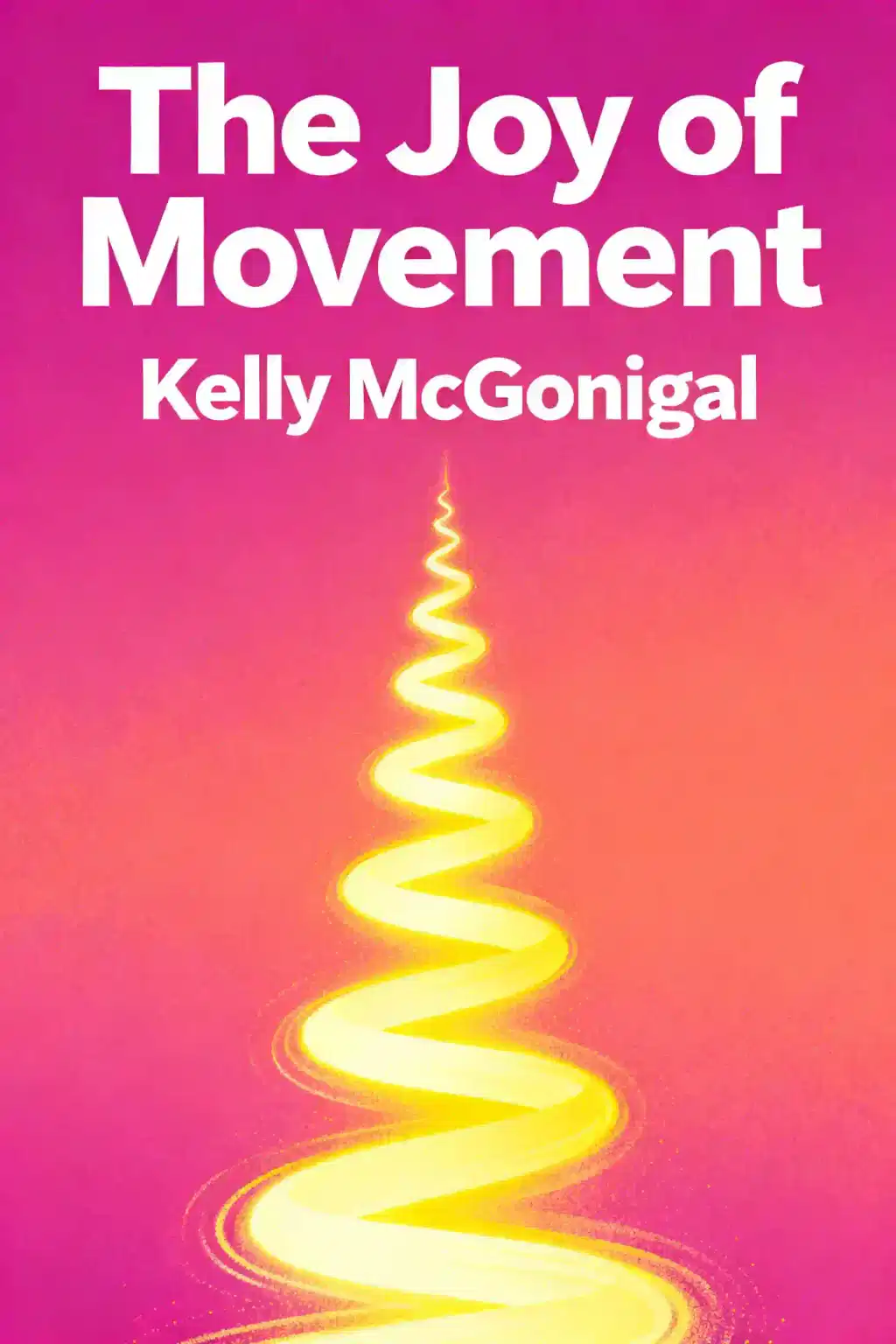What is
Joyful by Ingrid Fetell Lee about?
Joyful explores how everyday objects, spaces, and sensory experiences—like vibrant colors, playful shapes, and natural elements—can cultivate profound joy. Ingrid Fetell Lee identifies 10 universal "aesthetics of joy," such as Energy, Abundance, and Magic, blending design principles with neuroscience and psychology to show how our surroundings directly impact emotional well-being.
Who should read
Joyful by Ingrid Fetell Lee?
This book is ideal for designers, creatives, and anyone seeking to infuse more delight into their daily lives. It’s also valuable for psychology enthusiasts or individuals interested in how environments shape mood, offering actionable strategies to transform spaces into sources of happiness.
What are the main ideas in
Joyful?
Key concepts include:
- 10 aesthetics of joy: Energy (color/light), Abundance (multiplicity), Freedom (nature), Harmony (symmetry), Play (circles), Surprise (whimsy), Transcendence (lightness), Magic (illusions), Celebration (sparkle), and Renewal (curves)
- Joy arises from tangible, external stimuli, not just internal mindset shifts
- Small design changes (e.g., adding confetti-like decor) can uplift emotions
How does Ingrid Fetell Lee define "the aesthetics of joy"?
Lee describes them as sensory properties—like bursts of color, open spaces, or whimsical contrasts—that universally trigger delight. These elements are rooted in evolutionary biology (e.g., humans gravitate toward lush landscapes for survival) and psychological patterns.
What quotes are featured in
Joyful?
While direct quotes aren’t provided in sources, Lee emphasizes:
- “Joy is not frivolous. It’s a vital signal that we’re in an environment conducive to growth.”
- “We can ‘unlock’ joy by reshaping our surroundings.”
These ideas underscore her thesis that joy is a renewable resource tied to design.
How can
Joyful help with home or workspace design?
Lee suggests practical tweaks:
- Use vibrant accents (colored pillows, art) to boost Energy.
- Incorporate natural elements (plants, sunlight) for Freedom.
- Add playful shapes (round furniture, bubbles) to evoke Play.
What are common criticisms of
Joyful?
Some may argue the book prioritizes surface-level aesthetics over deeper emotional work. However, Lee clarifies that joy from surroundings complements—rather than replaces—internal practices like mindfulness.
How does
Joyful compare to other self-help books?
Unlike mindset-focused guides, Joyful emphasizes external, sensory solutions for happiness. It pairs well with books like The Life-Changing Magic of Tidying Up but stands out for its design-centric approach.
Who is Ingrid Fetell Lee?
Lee is a designer (Pratt Institute MA), author, and founder of The Aesthetics of Joy blog. A former IDEO design director, her TED Talk on joy has 17+ million views. She merges design expertise with psychology to explore how environments shape emotions.
Is
Joyful backed by scientific research?
Yes. Lee cites neuroscience (e.g., how bright colors stimulate the brain’s reward centers) and psychology studies (e.g., nature’s calming effects) to support her theories about joy’s tangible roots.
What is the "Abundance" aesthetic in
Joyful?
Abundance refers to lush, multi-layered environments—think confetti, overflowing gardens, or richly decorated spaces—that evoke joy through sensory richness and variety. This aesthetic taps into humans’ evolutionary preference for resource-rich settings.
Can
Joyful help with mental health?
While not a mental health manual, Lee’s strategies (e.g., incorporating sunlight or playful decor) may complement therapeutic practices by reducing stress and fostering environments that support emotional resilience.
How does
Joyful address workplace design?
Lee advocates for offices with open spaces (Freedom), colorful accents (Energy), and collaborative, circular seating (Play) to enhance creativity and reduce burnout. These adjustments align with her principles of joy-driven design.
What are "bursting shapes" in the Celebration aesthetic?
Bursting shapes—like fireworks, starbursts, or radial patterns—symbolize expansion and shared delight. These forms trigger joy by mimicking natural phenomena (e.g., blooming flowers) and cultural symbols of festivity.














